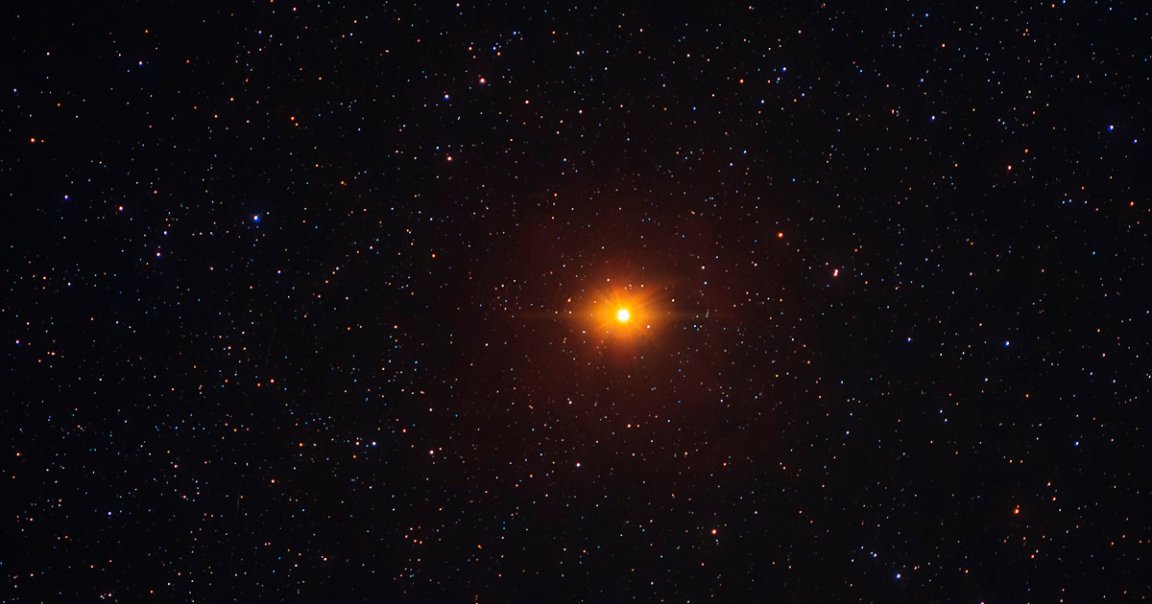
Stellar Spectacle
What happens when a nearby star explodes?
That’s been a pressing question on astronomers’ minds for several months now, as the erratic behavior of Betelgeuse, which is only 500 light years away, has many wondering if it’s primed to go supernova.
Over the past few years, the red supergiant — already one of the brightest stars in the night sky — has gone from dimming dramatically between 2019 to 2020 to burning brighter than ever.
Since April, Betelgeuse has beamed at over 150 percent of its usual brightness, at times outshining all the other stars in its constellation Orion. It’s now been bumped to the seventh brightest star overall, up from number ten.
Though it’s not looking likely it’ll detonate during our lifetimes, Albert Ziljstra, a professor of astrophysics at the University of Manchester, wants to explore what Betelgeuse’s demise would look like from Earth anyway, because, well, why not?
The short answer, according to a new essay he penned for The Conversation, is that it would be so resplendent that you could see it — or its imploded remnants, at least — during even the daylight, and for up to a whole year.
Getting Litty
To astronomers, the first indicator of Betelgeuse’s destruction would actually be particles.
“We first would detect a rain of massless particles called neutrinos, which would be harmless to us,” Ailjstra writes. “After that, the star would quickly brighten.”
At that stage, Betelgeuse would become as luminous as the full Moon. It would then gradually fade from this peak, but remain visible in daylight for a lengthy six to twelve months.
After sunset, though, is when the doomed star would really get to shine.
“At night, you should be able to see it with the naked eye for another one or two years,” Ailstra wrote — a pretty long time, in terms of explosions. “But after that, we would never see it again.”
Awesome, But Harmless
Given its relative proximity, it’s reasonable to wonder if Betelgeuse’s end could be dangerous to life on Earth.
Fortunately, Ziljstra says, there’s little to worry about. The radiation brought by cosmic rays from a supernova at that distance “would be small compared to other radiation we receive for all but the nearest supernovas.”
One such supernova from some two to three million years ago was only 300 light years away, he notes, which irradiated iron as deep as the seabed but barely seemed to affect life on our planet.
We would face some major problems at 30 light years away, though. At that distance, cosmic rays could dissipate our ozone and cause a mass extinction. That’s extremely unlikely, however, happening “only once per billion years,” according to Ziljstra.
Still, while Ziljstra concludes that “Betelgeuse may still be around for some time,” that hasn’t stopped fellow astrophysicists from expressing their desperate wishes to see it blow up. And from how Ziljstra describes its spectacular aftermath, we can’t blame them.
More on supernovae: New Supernova in Sky May Shine for Months